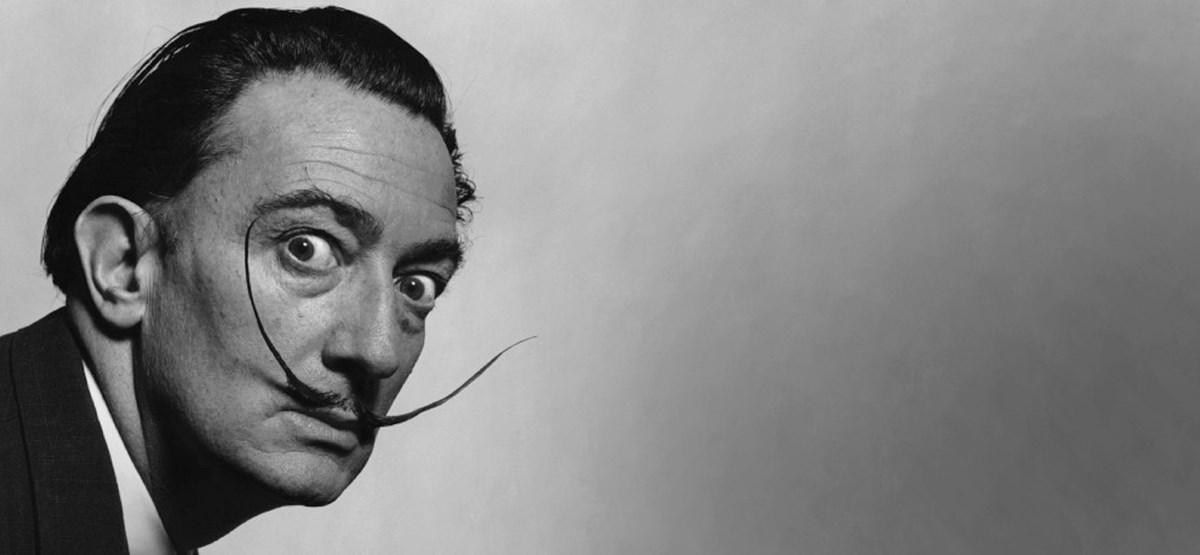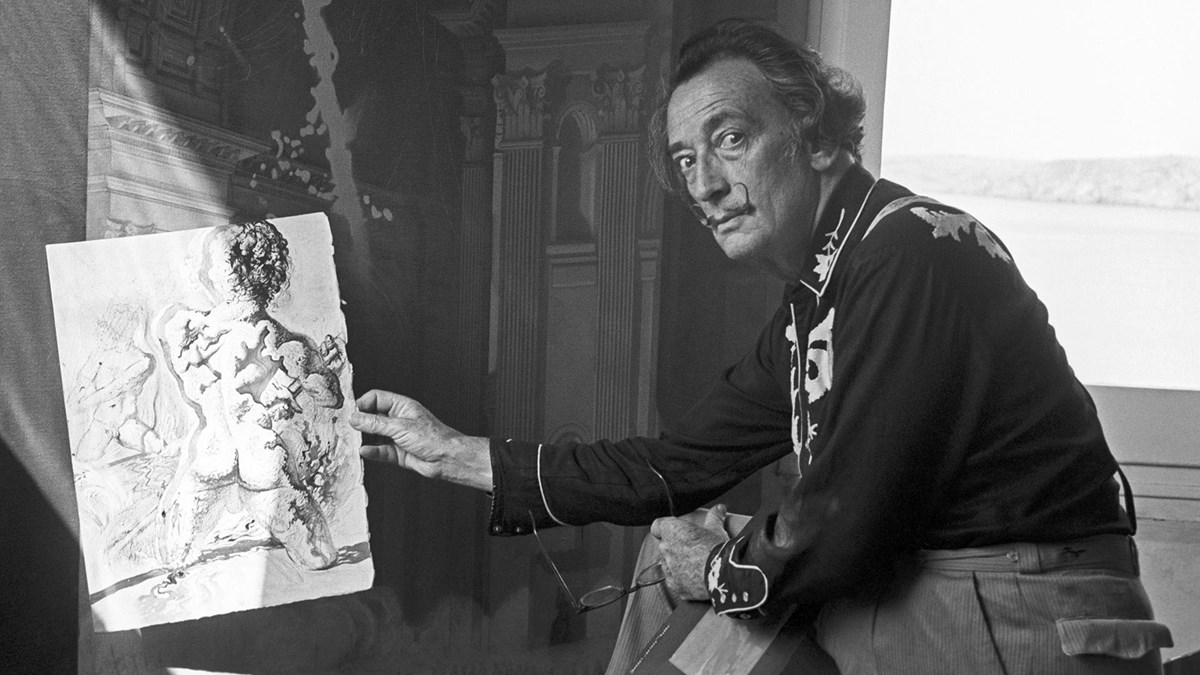Leda Armchair
- Designer:
- Salvador Dali
- Brand:
- BD Barcelona
We don't appear to have any products related to your search term. Please try again.
Shipping and discount codes are added at checkout.

An author, artist and provocateur, Salvador Dalí, the man, the master, the marvel, was one of the most notable figures of the Surrealist movement and celebrated artists of all time.
His fiercely technical yet highly unusual paintings, sculptures and visionary explorations in film and life-size interactive art ushered in a new generation of imaginative expression. From his personal life to his professional endeavors, he always took great risks and proved how rich the world can be when you dare to embrace pure, boundless creativity.
Born on May 11th, 1904 in Figueras, Catalonia, Dalí studied art in Madrid and Barcelona, where he demonstrated masterful painting skills and experimented with several artistic styles. Dalí’s artistic talent was obvious from a young age, and both of his parents supported it. His disciplinarian nature of Dali's father caused distance in their relationship, ultimately resulting in being the cornerstone of his wildly imaginative artistic feats. Cadaques, the location of his childhood summerhome, is where Dalí’s parents built him his first art studio.
Only 4 years after being accepted to the San Fernando Academy of Art in Madrid, he was expelled after refusing to be examined in the theory of art and declaring the examiners incompetent to judge him. He experimented with futurism, impressionism and cubism during this time. In 1925, Dalí had his first solo exhibition in Barcelona, and the decade saw his works showcased throughout the world. Dali then returned to Catalonia where his art became increasingly bizarre and even grotesque.
The beginning of the 1930s brought his "trial" within the Surrealist group. His dismissal was due to his apolitical stance, his personal feud with leader Andre Breton, and his public antics. In July 1936, the Spanish Civil War started and Dalí and his wife remained in Paris, where he continued evolving his artistic style. He was heavily influenced by the psychoanalysis of Sigmund Freud, whom Dalí met in 1938. In 1939 Andre Breton definitively expelled Dalí from Surrealism.
Salvador Dali
"Each morning when I awake, I experience again a supreme pleasure - that of being Salvador Dali."

In 1940, during World War II, Dalí and his wife Gala moved to the United States. There, Dalí worked in a variety of media, designing theatre sets, furniture, jewelry, and even display windows for fashionable shops. He worked on a variety of projects, while continuing to produce paintings, sculptures, and objects. He also teamed up with Alfred Hitchcock to create dream-like sequences for Spellbound, designing art and storyboards for Walt Disney.
His designs during the 1950s were characterised by meticulously detailed images of religious, historical and scientific themes. He became obsessed with geometry, DNA, divinity and experimented heavily with visual illusions.
From awe-inspiring works to distinctively high praise, Dalí continued breaking boundaries throughout the sixties. He was awarded the Grand Cross of the Order of Isabella the Catholic, one of Spain’s highest distinctions and began work on what would become the Teatro-Museo Dalí (The Dalí Theatre-Museum) in his hometown of Figueres.
In the last years of his life, and following the death of his dear wife Gala, Dalí painted less and less. Still fascinated by the ideas of immortality and the fourth dimension, his last works were mathematical in nature—challenging the plasticity of life as we know it. In 1984, Dalí was severely injured in a house fire at his Pubol castle and was confined to a wheelchair for the remainder of his life. Friends, followers and fellow artists then moved him back to Figueres to live at the Teatro-Museo where he died of heart failure on January 23, 1989 at the age of 84.